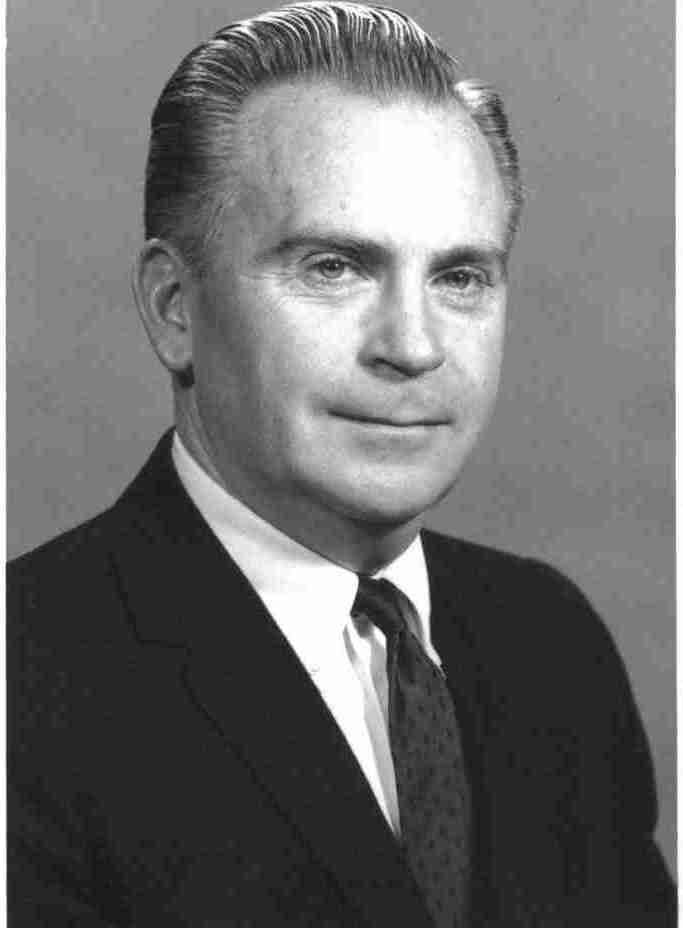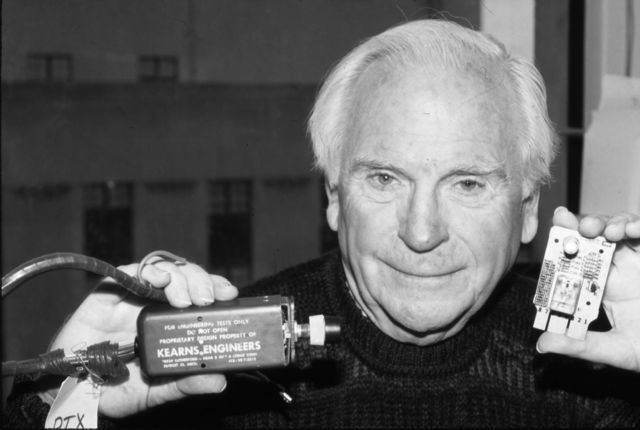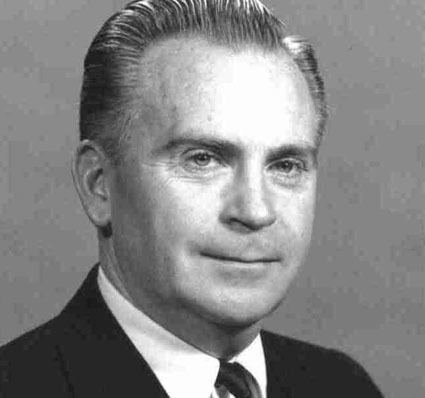Nationality American Occupation Engineer | Name Robert Kearns Role Inventor | |
 | ||
Full Name Robert William Kearns Alma mater Case Western Reserve University Died February 9, 2005, Balti, Maryland, United States Spouse Phyllis Kearns (m. 1953–1989) Similar People Marc Abraham, Greg Kinnear, John Seabrook, Dante Spinotti, J Miles Dale | ||
Robert kearns video interview part 1
Robert William Kearns (March 10, 1927 – February 9, 2005) was an American inventor who invented the intermittent windshield wiper systems used on most automobiles from 1969 to the present. His first patent for the invention was filed on December 1, 1964.
Contents
- Robert kearns video interview part 1
- last child by brad whitford edwin mccain robert kearns audley freed fred eltringham
- Early career
- Intermittent wipers
- Legal case
- Auto industrys legal argument
- Late career
- Death
- Patents
- References

Kearns won one of the best known patent infringement cases against Ford Motor Company (1978–1990) and a case against Chrysler Corporation (1982–1992). Having invented and patented the intermittent windshield wiper mechanism, which was useful in light rain or mist, he tried to interest the "Big Three" auto makers in licensing the technology. They all rejected his proposal, yet began to install intermittent wipers in their cars, beginning in 1969.

last child by brad whitford edwin mccain robert kearns audley freed fred eltringham
Early career
Kearns was a member of the Office of Strategic Services, the forerunner of the U.S. CIA, during World War II.
He earned engineering degrees from the University of Detroit Mercy and Wayne State University and a doctorate from Case Western Reserve University.
Intermittent wipers
Kearns claimed that the inspiration for his invention stems from an incident on his wedding night in 1953, when an errant champagne cork shot into his left eye, leaving him legally blind in that eye. Nearly a decade later in 1963, Kearns was driving his Ford Galaxie through a light rain, and the constant movement of the wiper blades irritated his already troubled vision. He modeled his mechanism on the human eye, which blinks every few seconds, rather than continuously. Kearns later downplayed his courtroom story of the champagne cork inspiration and played up a more conscious, deliberate inventive process.
Legal case
After winning a $10.1 million judgment from Ford, Kearns mostly acted as his own attorney in the subsequent suit against Chrysler, even questioning witnesses on the stand. The Chrysler verdict was decided in 1992, and was a victory for Kearns. Chrysler was ordered to pay Kearns US$18.7 million with interest. Chrysler appealed the court decision, but the Federal Circuit let the judgment stand. The Supreme Court declined to hear the case. By 1995, after spending over US$ 10 million in legal fees, Kearns received approximately US$ 30 million in compensation for Chrysler's patent infringement.
Chrysler was represented by Harness Dickey and Pierce, one of the first firms Kearns went to when he contemplated suing Ford in the late 1970s. Indeed, according to his son Dennis Kearns, Kearns wanted Harness Dickey removed for conflict of interest, but was unable to convince his attorneys to make a motion to remove Harness Dickey. He then decided to manage the Chrysler litigation on his own with his family. However, this strategy did not seem to work out well in subsequent litigation against GM, Mercedes, and Japanese companies as he missed deadlines for filing papers and his cases were dismissed.
Auto industry's legal argument
The legal argument that the auto industry posed in defense was that an invention is supposed to meet certain standards of originality and novelty. One of these is that it be "non-obvious". Ford claimed that the patent was invalid because Kearns' intermittent windshield wiper system had no new components. Kearns noted that his invention was a novel and non-obvious combination of parts. Kearns' position found unequivocal support in precedent from the U.S. Court of Appeals and from the Supreme Court of the United States. See, e.g., Reiner v. I. Leon Co., 285 F.2d 501, 503 (2d Cir. 1960) ("It is idle to say that combinations of old elements cannot be inventions; substantially every invention is for such a 'combination': that is to say, it consists of former elements in a new assemblage.") (Hand., J.) (cited with approval in KSR Int'l Co. v. Teleflex, Inc., 550 U.S. 398 (2007)).
Late career
In the late 1990s, he served on the board of directors of the Veterans of the Office of Strategic Services and the General William J. Donovan Memorial Fund.
Death
On February 9, 2005, Kearns died of brain cancer complicated by Alzheimer's disease in Baltimore, Maryland. The story of his invention and the lawsuit against Ford forms the basis of the 2008 film, Flash of Genius. Kearns and his wife Phyllis were divorced. According to the film, Phyllis left Robert due to the stress of the court case. They had two daughters, four sons, and, at the time of his death, seven grandchildren.
